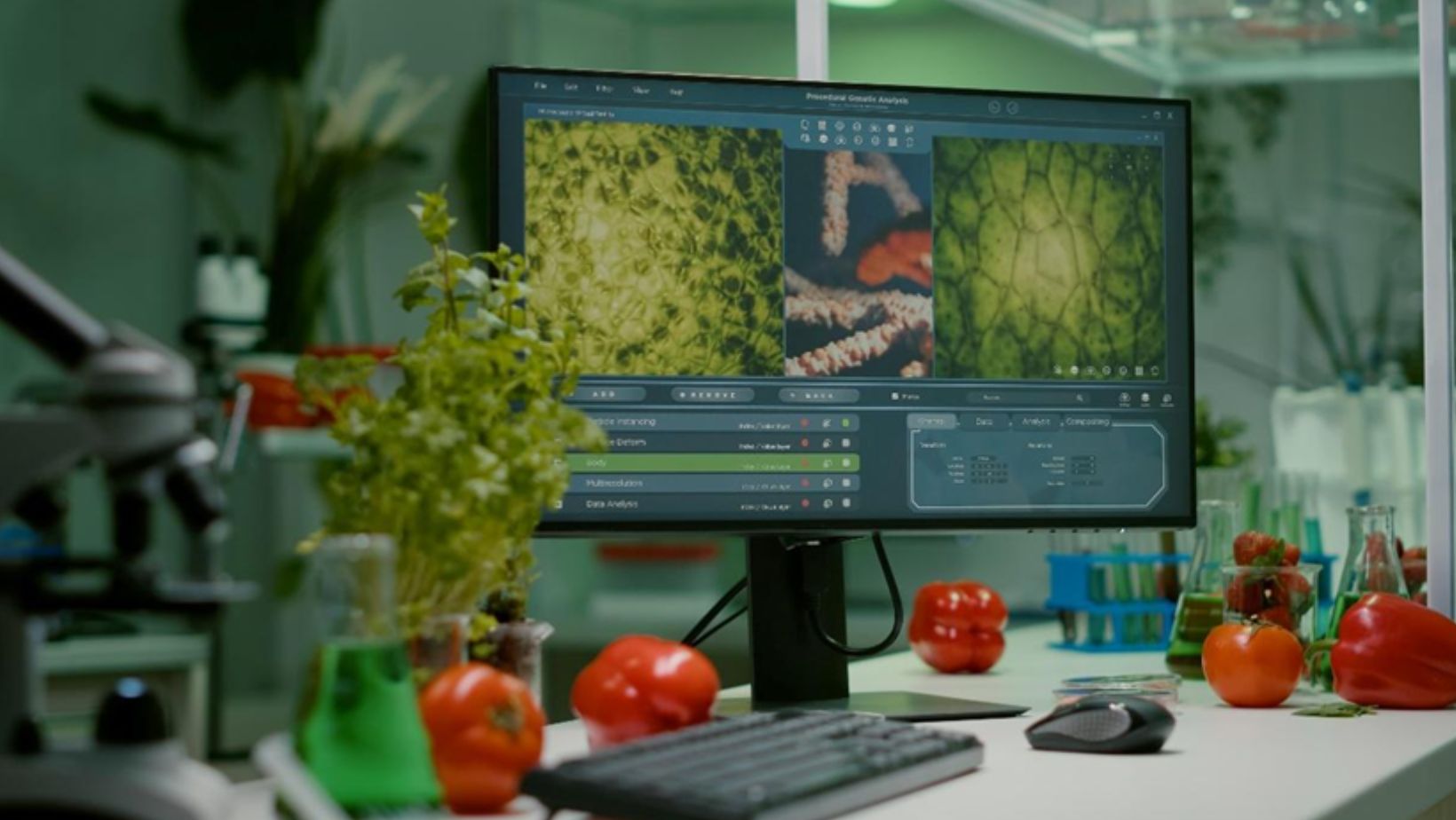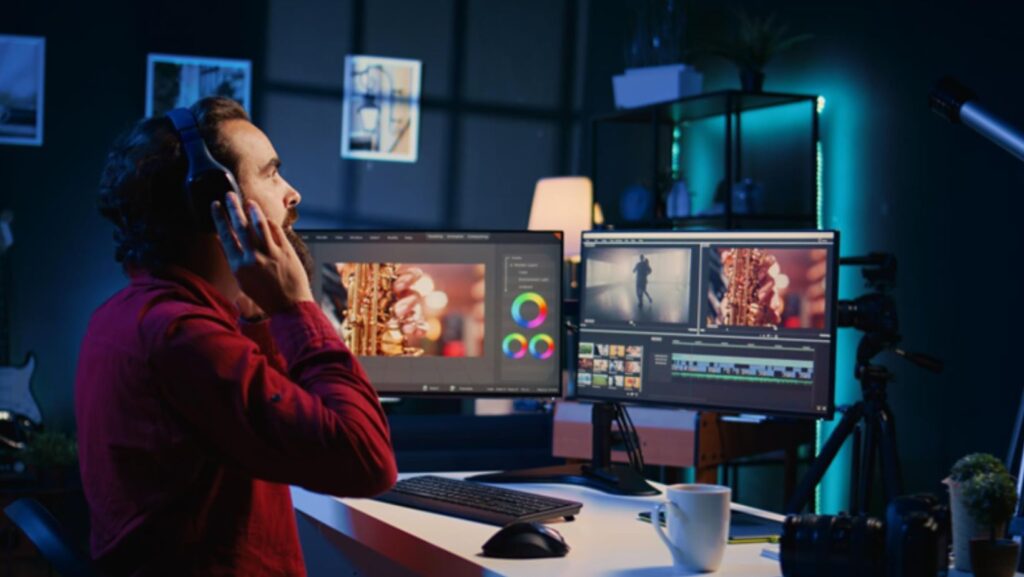In an era where digital video dominates entertainment, social media, and professional productions, ensuring high-quality visuals is more important than ever. However, many videos—especially older footage or content captured in low-light conditions—suffer from unwanted noise and graininess. These imperfections can reduce clarity, distort details, and create an overall subpar viewing experience.
With advancements in artificial intelligence, AI-powered denoising technology is offering a solution to this problem. Denoise AI, an emerging tool in video enhancement, is revolutionizing how noise is removed while preserving fine details. Among the leading innovations in this field is UniFab’s AI denoise video technology, which applies sophisticated algorithms to clean up footage without sacrificing image sharpness.
What Causes Video Noise?
Video noise appears as random grain, speckles, or distortions in footage, making it look rough or unclear. It often arises from:
- Low-light conditions – Cameras struggle to capture enough detail in dark environments, leading to grainy visuals.
- High ISO settings – Increasing a camera’s sensitivity boosts brightness but also introduces noise.

- Compression artifacts – Videos shared online are often compressed, reducing quality and increasing noise levels.
- Older recording equipment – Vintage or lower-resolution cameras naturally capture footage with more visual imperfections.
Traditionally, noise reduction methods relied on software filters that often blurred details along with removing noise. However, AI-driven denoising tools now offer a far more precise and effective approach.
How AI Denoise Video Technology Works
Unlike traditional denoising techniques that apply general smoothing effects, AI-powered denoising tools use deep learning models to analyze video content and intelligently distinguish between noise and actual image details.
Steps in AI Denoising
- Noise Detection – AI scans each frame, identifying patterns of unwanted grain while keeping edges and fine textures intact.
- Smart Filtering – Instead of applying a blanket blur, AI selectively reduces noise in problematic areas without affecting overall sharpness.
- Frame-by-Frame Refinement – The system enhances continuity across frames, ensuring that motion remains smooth and natural.
The result? Crisp, clear visuals with minimal distortion, even in challenging lighting conditions.
Practical Applications of AI Denoising
AI-powered video denoising is proving to be a game-changer across various industries, from professional filmmaking to everyday content creation.
1. Restoring Vintage Footage
Old films and analog recordings often contain a high level of noise due to outdated camera technology. AI-based denoising can breathe new life into classic videos, making them clearer and more enjoyable to watch without losing historical authenticity.
2. Improving Low-Light Recordings
Many smartphone and security camera recordings suffer from excessive noise when shot in dim environments. AI denoising enhances these videos, making night-time footage cleaner and more usable.
3. Boosting Video Call Quality
With the rise of remote work and virtual meetings, video calls have become an essential part of communication. AI denoising can enhance real-time video streams, reducing graininess and improving clarity in low-light conditions.
4. Enhancing Streaming and Online Content
Compressed online videos often lose quality due to bandwidth limitations. AI denoising can help sharpen these videos, providing a smoother and more visually appealing experience for viewers on platforms like YouTube and social media.
5. Optimizing Professional Film and TV Productions
Filmmakers and editors use AI-powered denoising to clean up raw footage without degrading the artistic quality. This is particularly useful for documentaries, independent films, and digital remastering projects.
Challenges and Limitations of AI Denoising
Despite its remarkable capabilities, AI-based denoising is not without its challenges:
- Processing Power – High-quality AI denoising requires significant computational resources, which may slow down workflows.
- Risk of Over-Smoothing – If not carefully calibrated, AI models can sometimes remove too much detail, making videos look artificial.
- Variability in Performance – Results can vary depending on the complexity of the footage, lighting conditions, and AI model quality.
However, as AI continues to evolve, these challenges are being addressed with smarter and more adaptive algorithms.
The Future of AI-Powered Video Enhancement
As AI denoise video technology improves, we can expect:
- Real-time AI denoising for live broadcasts and video conferencing
- Smarter adaptive filtering that tailors noise reduction to different types of footage
- Seamless integration into consumer devices, including smartphones and cameras
With advancements in AI-powered video tools like UniFab’s denoise AI, both professionals and casual users can elevate their video quality with minimal effort, ensuring that content remains sharp, clear, and visually stunning.
Conclusion
AI-driven video denoising is transforming the way we handle noisy and grainy footage. Whether restoring old films, improving low-light recordings, or enhancing online content, denoise AI technology is making high-quality video more accessible than ever.
With tools like UniFab’s AI video denoiser, creators no longer have to compromise between noise reduction and detail retention. As AI innovation continues, the future of video clarity looks brighter—and cleaner—than ever before.


